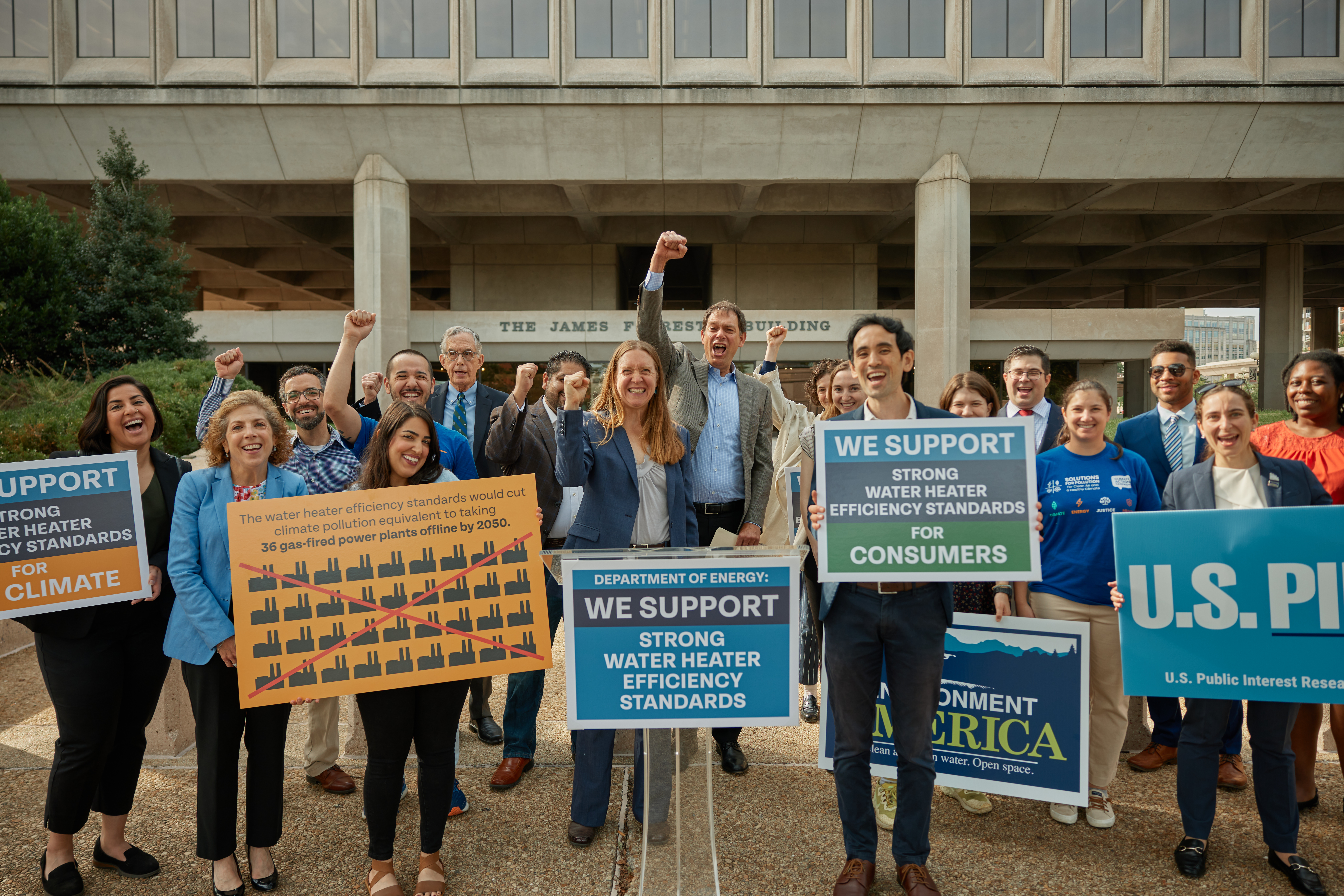The Department of Energy looks to rain on showers’ water efficiency parade
A proposed loophole will allow manufacturers to bypass current water efficiency standards

When I was a kid, my parents and teachers taught me two practical ways to reduce my water use — turn off the faucet while I brush my teeth and take shorter showers. But, like most people, I never really stopped to think about the faucet and the showerheads themselves as avenues to conserve water. As it turns out, they have enormous potential to do just that. By setting water efficiency standards for our water-dispensing devices, we effectively build-in a system that uses less water and energy and helps save money on utility bills.
Thankfully, for more than a decade, that system has been working to save water and keep consumers’ money in their pockets. Unfortunately, the Trump administration is now looking to end that win-win situation by rolling back performance standards for showerheads.
Finding the loophole
By changing the definition of a showerhead, a current proposal by the Department of Energy (DOE) would carve out a loophole in the current efficiency standards.
Right now, regulations require showerheads to release no more than 2.5 gallons of water per minute. But the DOE’s rule would change what it means to be a showerhead. Under the proposed rule, only each nozzle (aka each hole that distributes water) will have to meet the 2.5 gallons per minute standard. That means showerheads with multiple nozzles would easily bypass the rule, allowing companies to manufacture fixtures with many nozzles that use way more water and way more energy to heat the water.
Rolling back water efficiency standards during a mega-drought
This proposal couldn’t come at a worse moment. The Department of Energy put this forward in the midst of what scientists are calling a climate induced mega-drought in the western United States. Now is not the time to be dismantling policies that address water overuse and global warming pollution that fuels the drought in the first place. We must stick with our current technology, which has put us on track for a better, more sustainable world.
Take Action
Now is the time to push back on this wrong-headed decision to create a loophole reversing important water- and energy-saving measures. You can do this by joining thousands of others in submitting a public comment before October 14. The ask: Do not backtrack on a simple, effective and consumer-friendly policy that helps our environment.
Our showerheads may seem small but they have the power to help save the planet. Let’s keep it that way.
Topics
Authors
Brynn Furey
Find Out More

Efficient water heaters will cut pollution, save money, save lives

Advocates urge action on appliance efficiency

With green roofs, how tall is too tall to help bees?

